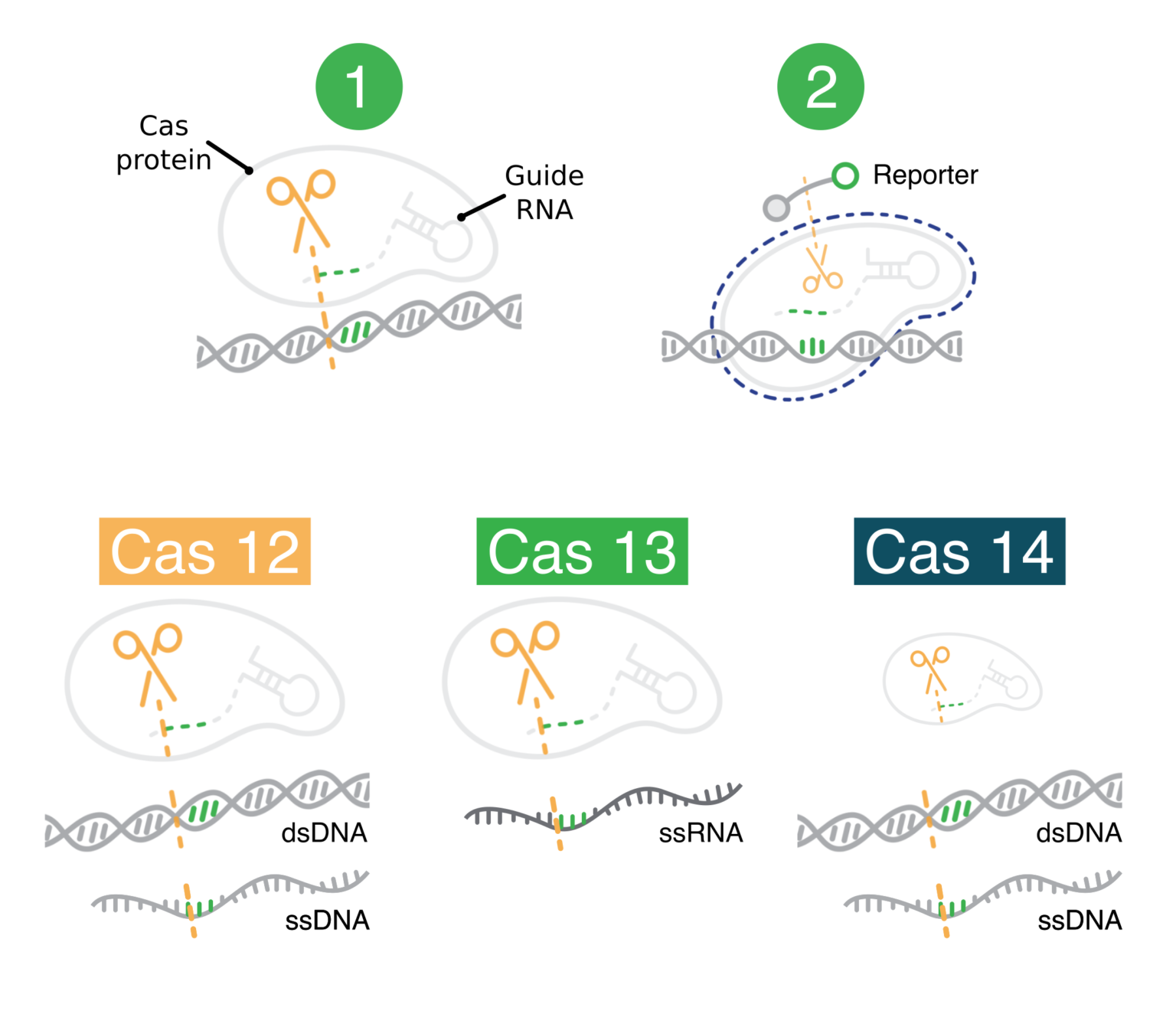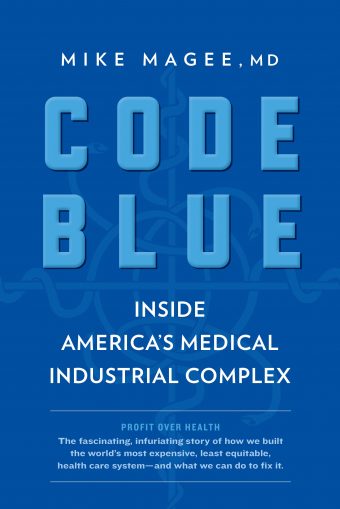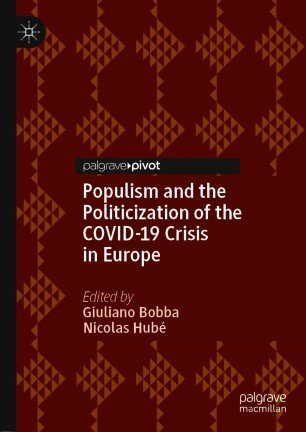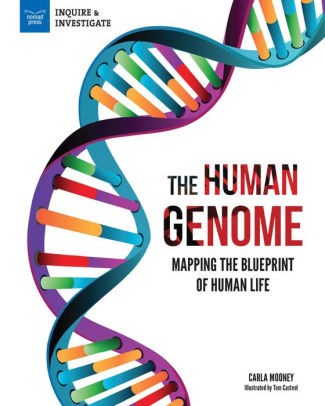Distributional Cost-Effectiveness Analysis. Quantifying Health Equity Impacts and Trade-Offs
Distributional Cost-Effectiveness Analysis Comes of Age
Distributional cost-effectiveness analysis (DCEA) provides information about the equity impacts of health technologies and programs and the trade-offs that sometimes arise between equity and efficiency. This field has now come of age with a growing applied literature,1 new training resources,2 and a formal professional network: a special interest group on equity-informative economic evaluation within the International Health Economics Association
The outline of the book:
Part One: Preliminaries
1:Introduction, Richard Cookson, Susan Griffin, Ole F. Norheim, Anthony J. Culyer
2:Principles of health equity, Richard Cookson, Anthony Culyer, Ole F. Norheim
3:Designing a distributional cost-effectiveness analysis, Richard Cookson, Susan Griffin, Ole F. Norheim, Anthony J. Culyer
4:Describing equity impacts and trade-offs, Richard Cookson, Susan Griffin, Ole F. Norheim, Anthony J. Culyer
5:Introduction to the training exercises, Richard Cookson, James Love-Koh, Colin Angus, James Lomas
Part Two: Simulating Distributions
6:Health by disease categories, Kjell Arne Johansson, Matthew M. Coates, Jan-Magnus Økland, Aki Tsuchiya, Gene Bukhman, Ole F. Norheim, Øystein Haaland
7:Health by social variables, James Love-Koh and Andrew Mirelman
8:Costs and health effects, Colin Angus
9:Health opportunity costs, James Love-Koh
10:Financial protection, Andrew Mirelman and Richard Cookson
Part Three: Evaluating Distributions
11:Dominance analysis, Owen O'Donnell and Tom Van Ourti
12:Rank-dependent equity weights, Owen O'Donnell and Tom Van Ourti
13:Level-dependent equity weights, Ole F. Norheim, Miqdad Asaria, Kjell Arne Johansson, Trygve Ottersen and Aki Tsuchiya
14:Direct equity weights, Mike Paulden, James O'Mahony and Jeff Round
Part Four: Next Steps
15:Uncertainty about facts and heterogeneity of values, Susan Griffin
16:Future challenges, Richard Cookson, Alec Morton, Erik Schokkaert, Gabriela B. Gomez, Maria Merritt, Ole F. Norheim, Susan Griffin, and Anthony J. Culyer






















